Tonymoly - Dongdaemun Branch [Tax Refund Shop] (토니모리 동대문)
2.3Km 2024-04-18
257, Jangchungdan-ro, Jung-gu, Seoul
-
Changdeokgung Palace Complex [UNESCO World Heritage Site] (창덕궁과 후원 [유네스코 세계유산])
2.3Km 2025-07-21
99 Yulgok-ro, Jongno-gu, Seoul
Changdeokgung Palace was the second royal villa built following the construction of Gyeongbokgung Palace in 1405. It was the principal palace for many kings of the Joseon dynasty, and is the most well-preserved of the five remaining royal Joseon palaces. The palace grounds are comprised of a public palace area, a royal family residence building, and the rear garden. Known as a place of rest for the kings, the rear garden boasts a gigantic tree that is over 300 years old, a small pond and a pavilion.
The palace gained importance starting from the time of Seongjong, the 9th king of Joseon, when a number of kings began using it as a place of residence. Unfortunately, the palace was burned down by angry citizens in 1592 when the royal family fled their abode during the Imjin War. Thanks to Gwanghaegun, the palace was restored in 1611. Even today, it houses a number of cultural treasures, such as Injeongjeon Hall, Daejojeon Hall, Seonjeongjeon Hall, and Nakseonjae Hall.
Changdeokgung Palace’s garden behind the inner hall, called the "Secret Garden," was constructed during the reign of King Taejong and served as a rest area for the royal family members. The garden had formerly been called Bugwon and Geumwon, but was renamed Biwon Garden, or Secret Garden, after King Gojong came into power. The garden was kept as natural as possible and was touched by human hands only when absolutely necessary. Buyongjeong Pavilion, Buyongji Pond, Juhamnu Pavilion, Eosumun Gate, Yeonghwadang Hall, Bullomun Gate, Aeryeonjeong Pavilion, and Yeongyeongdang Hall are some of the many attractions that occupy the garden. The most beautiful time to see the garden is during the fall when the autumn foliage is at its peak and the leaves have just started to fall.
Though it has been treasured by Koreans for centuries, Changdeokgung Palace and its complex was recognized as a World Cultural Heritage site by the UNESCO World Cultural Heritage Committee in December of 1997 during the committee meeting in Naples, Italy.
Golfzon Market - Yaksu Branch [Tax Refund Shop] (골프존마켓 약수)
2.4Km 2024-04-19
214, Dongho-ro, Jung-gu, Seoul
-
Hojil (호질)
2.4Km 2021-03-20
15, Jahamun-ro, 9-gil, Jongno-gu, Seoul
+82-2-764-6822
A good restaurant to visit before and after the tour, being located near Gyeongbokgung Palace, one of the tourist attractions. This restaurant's signature menu is spicy sea snail salad. This Korean dishes restaurant is located in Jongno-gu, Seoul.
Migliore - Dongdaemun Branch (밀리오레 (동대문점))
2.4Km 2020-05-12
263, Jangchungdan-ro, Jung-gu, Seoul
+82-2-3393-0293
Migliore is located in Dongdaemun, a shopping district that stretches from Jongno 5(o)-ga Station to Dongdaemun Subway Station. Migliore sells the latest fashion apparel targeted towards the younger generation, with customers in their teens making up 80% of the business. Migliore is a convenient shopping facility that has an enormous variety of products sold at reasonable prices.
Of one book and stay (일독일박)
2.4Km 2024-12-23
11-1 , Pirundae-ro 3-gil, Jongno-gu, Seoul
+82-504-0904-2340
Ildogilbak in Seochon Village, Seoul, is a private hanok stay that has been stylishly renovated with modern facilities. The bedroom, kitchen and dining room are located around the courtyard. Tired travellers can soak their feet in the small courtyard footbath while sitting on the veranda. There’s a queen size bed in the bedroom, and a large table in the dining room where you can read a book and chat. There is also an attic space where you can fall asleep looking at the stars through a small skylight. The kitchen is well equipped, and there’s a tub in the bathroom.
Gwanghuimun Gate (광희문)
2.4Km 2021-02-24
344, Toegye-ro, Jung-gu, Seoul
+82-2-3700-3900
Gwanghuimun Gate is said to have been originally constructed in 1396, the 5th year of King Taejo, at the southeast of the capital city. It was often referred to as Sugumun Gate (water channel gate) and was actually used as a Sigumun, literally meaning “corpse gate,” as funeral processions passed through this gate when exiting to the east.
During the Imjin War (1592-1598), the fortress gate was destroyed to such a degree that it made finding the original location close to impossible. Nevertheless, reconstruction efforts were started in 1711 (37th year of King Sukjong) and the gate was restored together with the gate's watchtower. Gwanghuimun Gate remained intact even when the fortress walls were demolished to build tram tracks during the Japanese occupation, but it was later damaged during the Korean War and left neglected. In 1975, restoration work was carried out to relocate Gwanghuimun Gate to a site 15 meters south of its original location since it stood in the middle of the road.
Olive Young - Hongdae Daehangno Branch [Tax Refund Shop] (올리브영 홍대대학로)
2.4Km 2024-04-16
57, Daehak-ro, Jongno-gu, Seoul
-
Sookmyung Women's University Chung Young Yang Embroidery Museum (숙명여자대학교 정영양자수박물관 (서울))
2.4Km 2019-11-15
100, Cheongpa-ro 47-gil, Yongsan-gu, Seoul
+82-2-710-9134
Chung Young Yang Embroidery Museum was founded in May 2004 to enhance public awareness and appreciation of embroidery art with ample facilities including exhibition hall, library, conservation center, learning center, embroidery study room, education and research rooms. The museum emphasizes on the variety of textiles and embroidery and also features collections from various Northeast Asian countries. The Chung Young Yang Embroidery Museum stresses the importance of embroidery as an evolving form of art through changes in technology, social and cultural environment. In addition, the learning center also aims to become a learning center for scholarship in embroidery and other textile arts that can be appreciated by a wide audience.
Vestis - Gyeongbokgung Branch [Tax Refund Shop] (베스티스 경복궁)
2.4Km 2024-04-18
1F, 17, Jahamun-ro 12-gil, Jongno-gu, Seoul
-

![Changdeokgung Palace Complex [UNESCO World Heritage Site] (창덕궁과 후원 [유네스코 세계유산])](http://tong.visitkorea.or.kr/cms/resource/03/3092503_image2_1.jpg)
![Golfzon Market - Yaksu Branch [Tax Refund Shop] (골프존마켓 약수)](http://tong.visitkorea.or.kr/cms/resource/43/2878743_image2_1.jpg)
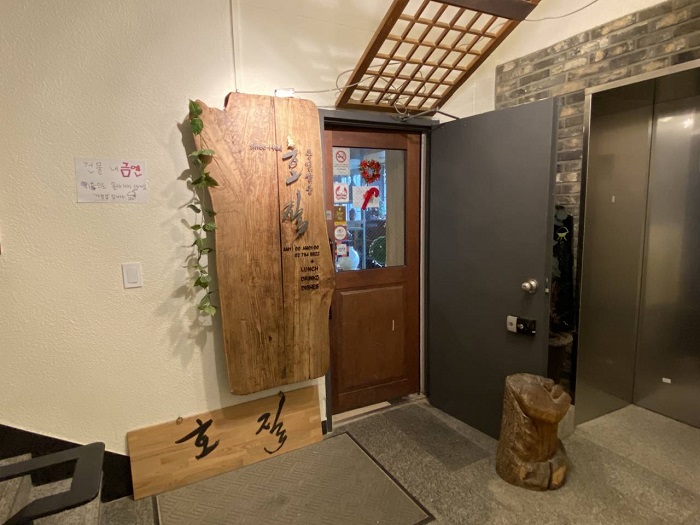
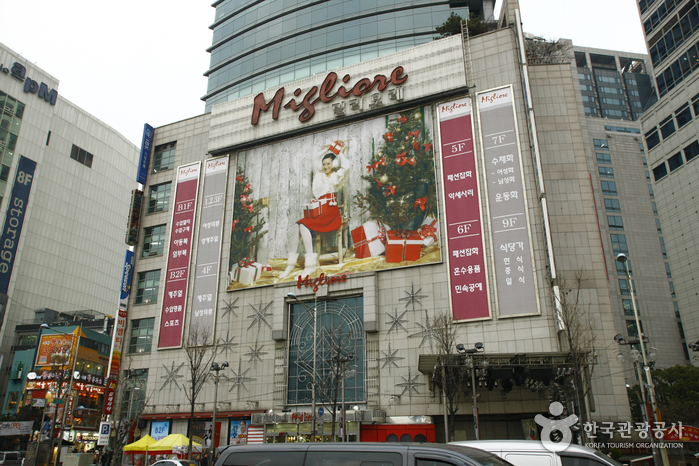
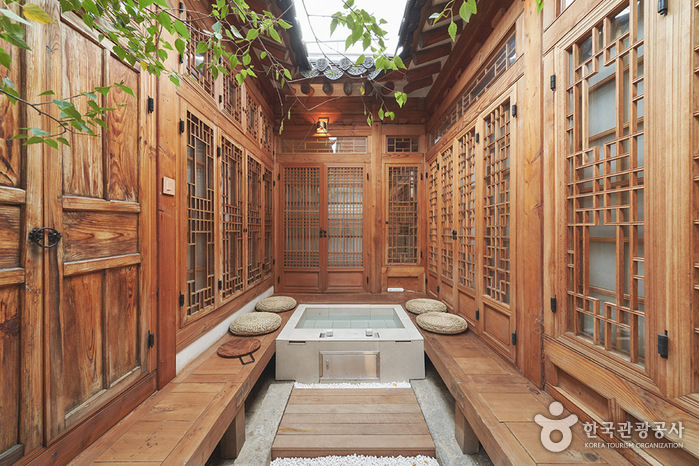
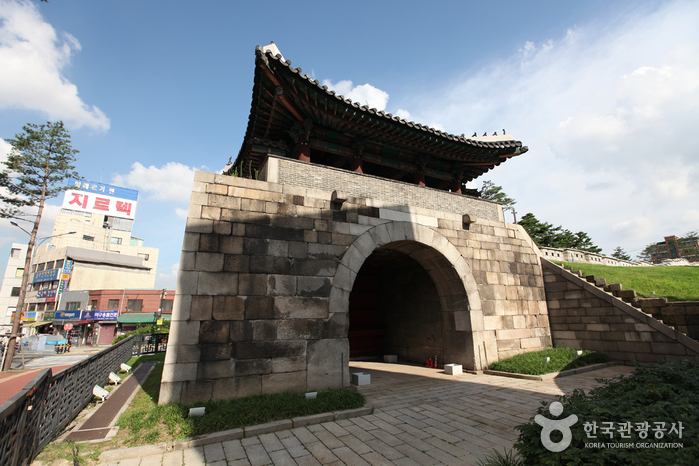
![Olive Young - Hongdae Daehangno Branch [Tax Refund Shop] (올리브영 홍대대학로)](http://tong.visitkorea.or.kr/cms/resource/86/2878186_image2_1.jpg)
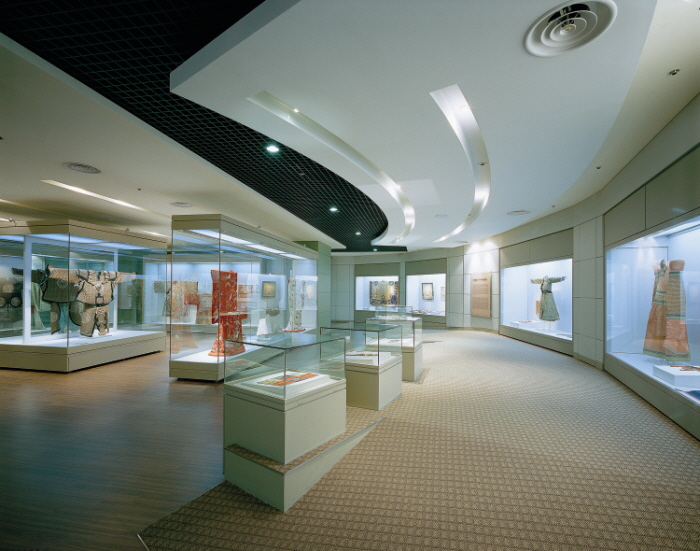
 English
English
 한국어
한국어 日本語
日本語 中文(简体)
中文(简体) Deutsch
Deutsch Français
Français Español
Español Русский
Русский